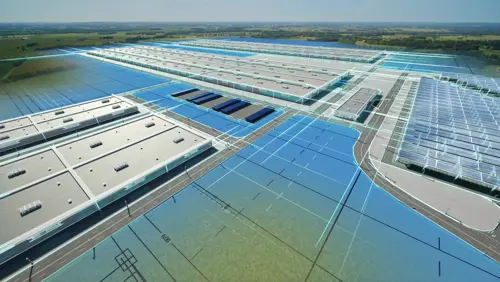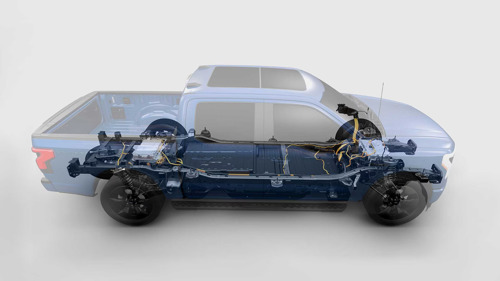After recently declaring that all-electric utes and SUVs struggle with towing, Ford CEO Jim Farley has acknowledged that China is significantly ahead of Western automakers in electric vehicle (EV) battery technology, claiming the US is trailing by at least a decade.
Speaking to The New York Times, Farley emphasised that Ford must leverage Chinese battery intellectual property (IP) to remain competitive in the global EV market.
“The way we compete with them is to get access to their IP just the way they needed ours 20 years ago,” Farley said. He stressed that integrating Chinese battery advancements with American innovation and production scale is critical to safeguarding the industrial economy.
Ford’s push for Chinese battery tech

Ford is already acting on this strategy. Its BlueOval Battery Park, set to open in 2026, will produce lithium iron phosphate (LFP) batteries using technology from China’s Contemporary Amperex Technology Co. Limited (CATL).
LFP chemistry, though widely associated with China, was originally developed in the United States but later acquired by Chinese firms.

The technology’s origins trace back to the University of Texas, where it was first discovered before being commercialised by A123 Systems LLC, a startup supported by the Obama administration.
However, A123 collapsed before EVs gained mainstream traction, and its assets, including battery patents, were bought by a Chinese company.
Today, China dominates the global battery supply chain, controlling 83% of lithium-ion battery production, according to Bloomberg.
Ford prepares for affordable EV battle

While Ford is developing a more affordable EV to counter rising competition from China, the challenge remains substantial.
Chinese brands like BYD have already made inroads in key markets where Ford operates, although US tariffs currently shield Ford from direct competition on home soil.
With Chinese automakers continuing to expand their influence globally, the race to secure advanced battery technology becomes a fight to maintain industrial dominance in the EV era.





